One of the most common complain with two-thirds of the population having neck pain at some point in life. Neck pain affects about 5% population and is more common in women than men. About half of episodes resolve within one year but remaining patients continue to suffer pain and associated disability.
Complaints
The pain commonly starts with dull neck stiffness. Sometimes, the pain in the neck is worsened with movement of the neck or turning the head.
Other complains associated with some forms of neck pain include numbness, tingling, tenderness, sharp shooting pain, fullness, difficulty in swallowing, pulsations, swishing sounds in the head and dizziness or light-headedness.
Cervical pain can also be associated with headache, facial pain, shoulder pain and arm numbness or tingling.
These associated complaints are often a result of the nerves getting pinched by the disc or a bony spur..
Cause
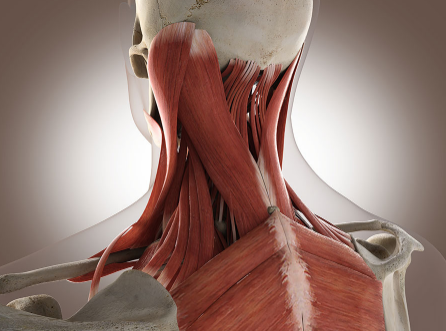 1) Muscle stiffness or strain:
1) Muscle stiffness or strain:
Overuse or wrong posture, such as too many hours hunched over a steering wheel, laptops, mobile phones and other electronic gadgets often triggers muscle strains. Even such minor things as reading in bed or gritting your teeth can strain neck muscles.
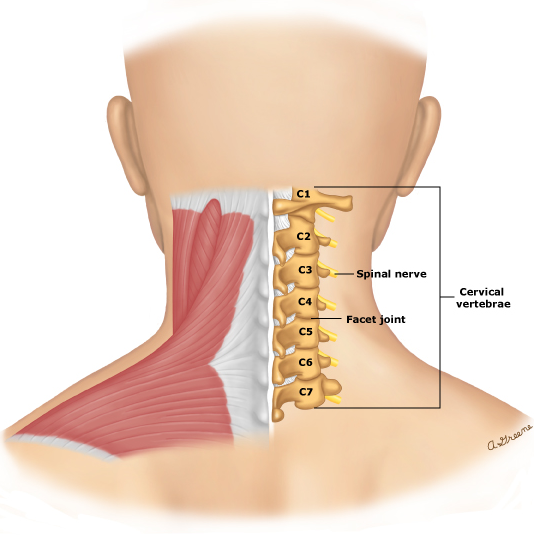 2) Worn Joints
2) Worn Joints
Just like any other joint in the body, cervical vertebra joints tend to undergo wear and tear with age, which can cause spondylosis or reduced space between the cervical vertebra joints.
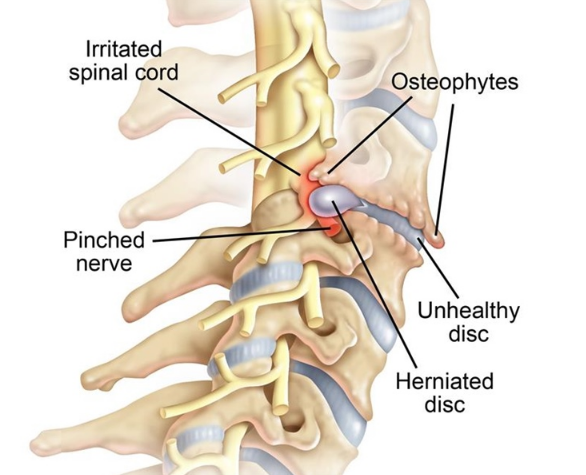 3) Nerve compression
3) Nerve compression
Bulging cervical disc or cervical vertebra body spur can take up too much space and press on the nerves coming out from the spinal cord.
4) Injuries
Car accidents often result in whiplash injury that is sudden stretching of the spine leading to variable damage to the outgoing nerves. It happens when the head is jerked backward and then forward, stretching the soft tissues surrounding the spine beyond their limits.
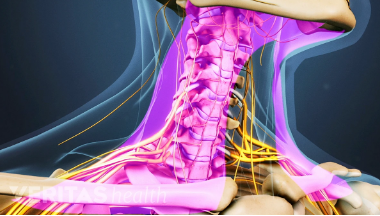 5) Infection and Auto immune disease
5) Infection and Auto immune disease
Diseases, such as rheumatoid arthritis, tuberculosis, meningitis or cancer can variable degrees of pain in the cervical area. Fibromyalgia directly affects the muscles of the neck and cause chronic nagging pain in the neck muscles. Sometimes neck pain is along with upper back and/or lower back pain, as is common in ankylosing spondylosis.
Visit a pain management specialist
In case of injury, one should seek medical advice immediately without any delay. If there has not been an injury, you should seek medical care when neck pain becomes Continuous and persistent, Severe, Accompanied by pain that radiates down the arms or legs, Accompanied by headaches, numbness, tingling or weakness.
Cervical pain management options
Severe neck pain
Home treatment includes applying heat and oral paracetamol tablet. If these doesn’t reduce the pain, the
patient should rush to a pain physician for further detailed evaluation.
Chronic neck pain
If the pain persists or becomes long standing pain then one should contact a pain physician directly.
Physical therapy
Ultrasonic, short wave diathermy and controlled traction. Along with these, neck strengthening exercises are performed. No exercises should be performed in acute painful conditions.
Medical therapy
This includes a combination of nerve medicines, safe pain killers, muscle relaxants and other drugs which are given depending on the exact cause of pain.
Interventional therapy
If a combination of physical and medical therapy is unable to provide adequate pain relief then we should go for interventional pain management techniques such as cervical epidural and trigger point injections. These techniques are absolutely safe, effective and produce rapid recovery in all age groups provided they are performed by a pain physician.
Life style modifications
These are required for prevention of further such events. These include avoiding lifting heavy weights, long uninterrupted work hours in front of laptop, using mobile phones for long periods and use of pillows. Develop good postures while sitting, working, reading, driving etc.
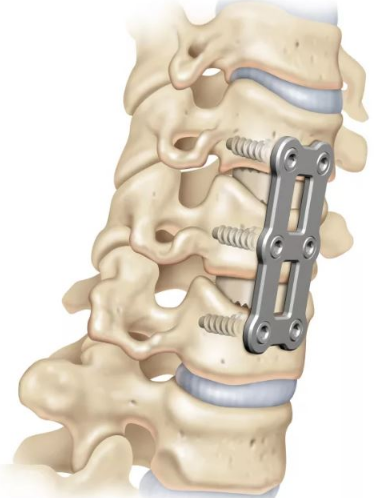 Cervical Spine surgery
Cervical Spine surgery
Surgery is rarely required in case of cervical pain. There are specific indications for surgery. Just presence of pain is not an indication for surgery.